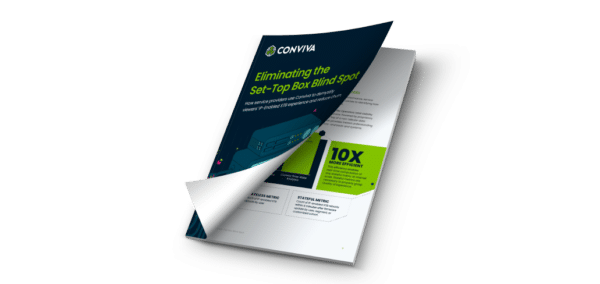
As Netflix barrels full-speed ahead in its quest for global binge-watching domination, it’s time to take a breath and ask: what on earth is it that they have that everyone else doesn’t?
It’s not original content, although they certainly have some. But Hulu has last night’s latest episodes by the bushel, Amazon has its own Emmy-winners, and HBO is no slouch in bringing its audience the highest-quality entertainment that can’t be found elsewhere.
It’s not movies, not really – Amazon has movies a-plenty, and, given that the vast majority of US users at least have access to On Demand through their cable or satellite subscription, there’s few if any consumers who are stymied by a lack of choice.
No, what Netflix has, in spades, is technology, data, and keen analysis. Unlike a traditional TV network, Netflix is at both ends of every view: they quite literally know exactly who watched what, when, and for how long. They know what genres an individual prefers, and what days of the week they watch, and viewing habits that are less obvious (reports state that they have observed viewers watch TV shows during the week and movies at the weekend).
By contrast, TV networks have to guess at who is watching what. Nielsen numbers give them a generally-agreed set of statistics on audience sizes; other services can count some of the viewers, so they can extrapolate further. What they don’t have the data to do, however, is to work our what you might be interested in, what grouping of content makes sense for you, and what drives you to renew your subscription – or join the ranks of the cord-cutters.
In this sense, Netflix really is Uber, with movies instead of independent contractors driving limos and personal cars. They can predict what’s going to happen ahead of time, and shift their resources ahead of time. To mangle the words of ice hockey legend Wayne Gretzky, they skate to where the puck is going to be.
As all broadcasters move to the Internet, this is a capability that they have to get their hands on. Without the defensive wall of distribution agreements, they are now competing for the same viewers, delivering through the same chaotic network. The great news is that this is a possibility: as viewers watch, every second of every view can be monitored, tabulated, and used to create actionable strategic insights.
And, indeed, this data can do exciting new things, things not really conceived of in the traditional marketplace. Netflix, for instance, recently announced their intent to get smarter on bit rates: they won’t pay the transportation costs for the highest bit-rate possible for content that is not improved by the extra bits (think of a cartoon, with its large quantity of unmoving pixels). With the right system in place, broadcast competitors can break that monopoly on actionable insights, and make the strategic decisions they need to keep the pressure on, and maintain their position at the top of the food chain.
Conviva customers even today are doing these things, and developing and deploying services that use the power of the Internet to engage, enthrall and grow audiences. Seeing content affinity (i.e. which sets of shows have shared audiences), true engagement (i.e. the shows consumers watch from start to finish, rather than in little pieces), and device-based preferences (i.e. shows that are more popular on one form factor than another) provides the opportunity to delight consumers. And all the while, these organizations know that they can move their content through the Internet with confidence, knowing they are delivering to, and above, customer expectations, without overspending on CDN costs for no return.
Look, Netflix is quite unique – they got there first, they’ve built a huge business while the rest of us were still working out that a market was there, and they’ve got more technology assets in place than you can shake a stick at. But they haven’t won yet, as the market showed us this week (at press-time, market capitalization was down some 18% for 2016, as subscriber numbers grow but only the US is showing profitability). With the right experience management platform ensuring great viewing, providing insights that drive audience-pleasing strategies, and automation to do this all at peak efficiency – well, to return to the sports metaphors, it’s anybody’s game.







